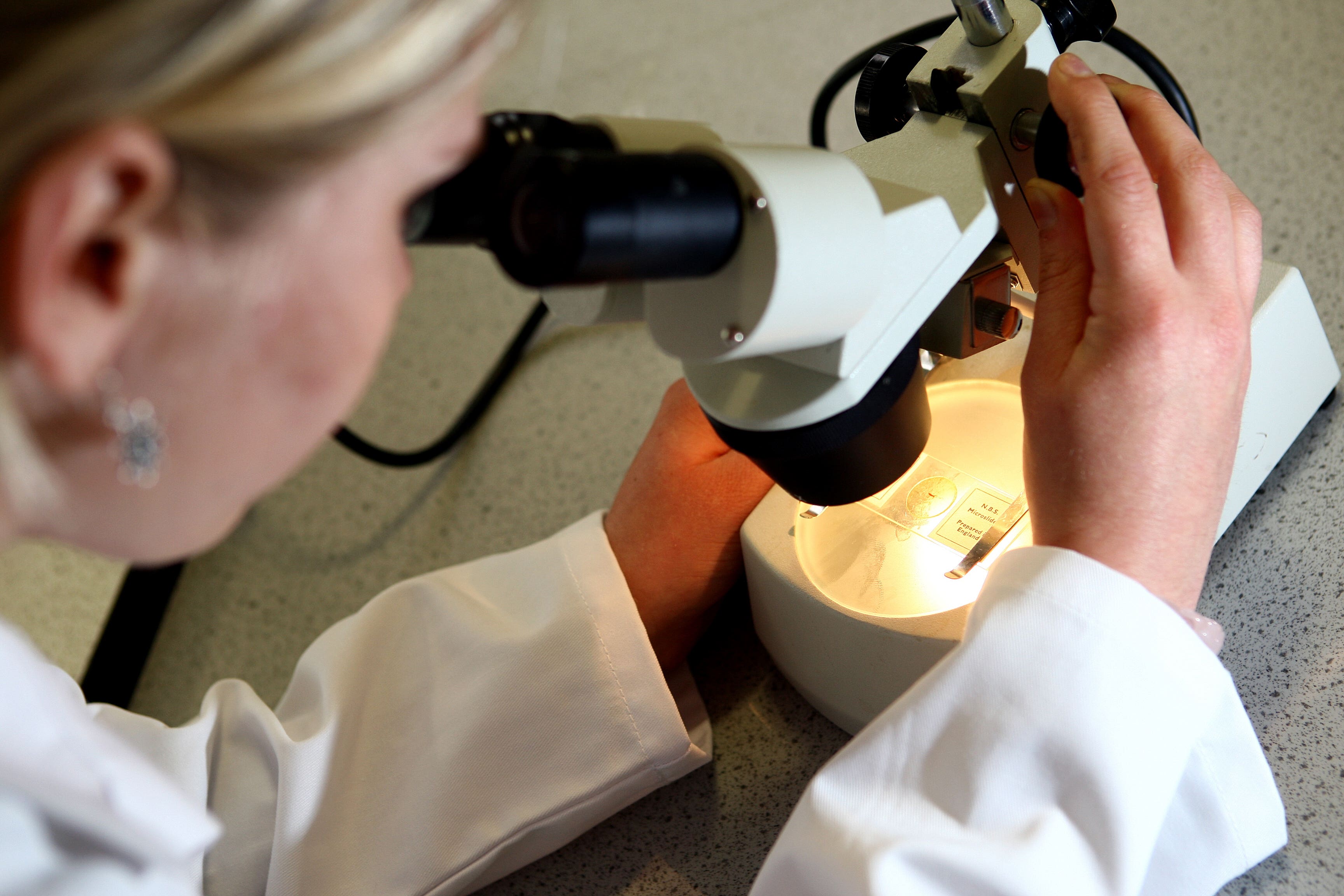Brown fat breakthrough could lead to new obesity treatments, study suggests
Research is the first to reveal the molecular structure of a protein that allows good fat to burn off calories as heat.

Your support helps us to tell the story
From reproductive rights to climate change to Big Tech, The Independent is on the ground when the story is developing. Whether it's investigating the financials of Elon Musk's pro-Trump PAC or producing our latest documentary, 'The A Word', which shines a light on the American women fighting for reproductive rights, we know how important it is to parse out the facts from the messaging.
At such a critical moment in US history, we need reporters on the ground. Your donation allows us to keep sending journalists to speak to both sides of the story.
The Independent is trusted by Americans across the entire political spectrum. And unlike many other quality news outlets, we choose not to lock Americans out of our reporting and analysis with paywalls. We believe quality journalism should be available to everyone, paid for by those who can afford it.
Your support makes all the difference.Researchers say they have made a “significant breakthrough” in the race to find treatments for obesity and related diseases, such as diabetes.
A study is the first to reveal the molecular structure of a protein called Uncoupling protein 1 (UCP1), that allows brown fat tissue – or good fat – to burn off calories as heat.
This is in contrast to conventional white fat that stores calories.
The breakthrough was made by an international collaboration between the University of East Anglia (UEA), the University of Cambridge, the University of Pennsylvania and the Free University of Brussels.
This is a significant breakthrough in this field
Lead researcher Professor Edmund Kunji, from the University of Cambridge, said: “Our work shows how a regulator binds to prevent UCP1 activity, but more importantly the structure will allow scientists to rationalise how activating molecules bind to switch the protein on, leading to the burning of fat.
“The activated tissue can also remove glucose from the blood, which can help control diabetes.
“This is a significant breakthrough in this field.”
The team say their findings provide crucial details that will help develop treatments that activate UCP1 artificially to burn off excess calories from fat and sugar.
They suggest that one day this could be used to combat obesity and related diseases, such as diabetes.
Despite four decades of research into the protein, until now researchers did not know what it looks like in order to understand how it works.
Dr Paul Crichton, from UEA’s Norwich Medical School, said: “As well as the conventional white fat that we are all familiar with, we can also develop brown fat.
“Brown fat is the good fat – it breaks down blood sugar and fat molecules to create heat and help maintain body temperature.
“Most of our fat, however, is white fat, which stores energy – and too much white fat leads to obesity.
“UCP1 is the key protein that allows the specialised brown fat to burn off calories as heat.
“We know that mammals switch on UCP1 activity in brown fat tissue to protect against the cold and to maintain body temperature – especially in newborns that cannot yet shiver to keep warm.
“Brown fat varies in humans, where it correlates with leanness in the population – and there has been a lot of interest in how to increase brown fat and activate UCP1 therapeutically, as a potential way to treat obesity.
“A lot of research has been focusing on finding ways to encourage brown fat and how to turn white fat into brown fat – in order to burn more calories and fight metabolic disease.
“But even with more brown fat – UCP1 must still be switched on to gain full benefit.
“And research has been hampered by a lack of details on the molecular make up of UCP1.
“Despite more than 40 years of research, we did not know what UCP1 looks like to understand how it works – until now.”
The findings are published in the journal Science Advances.